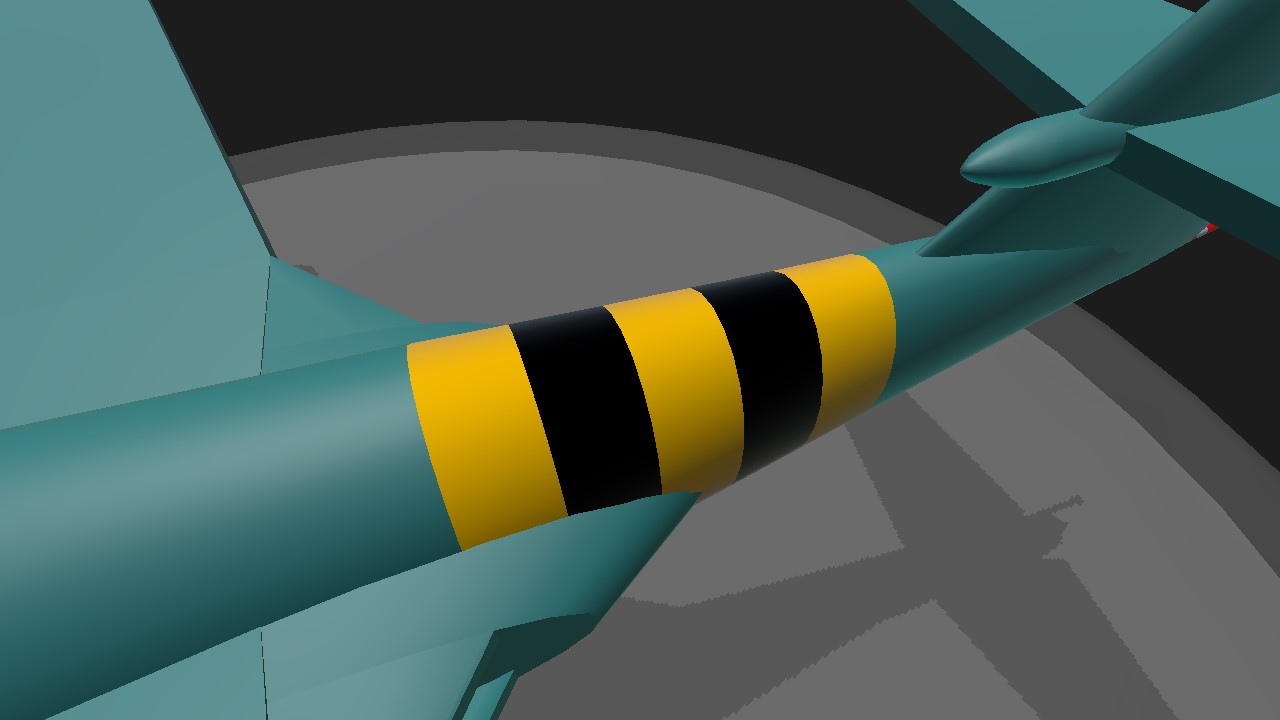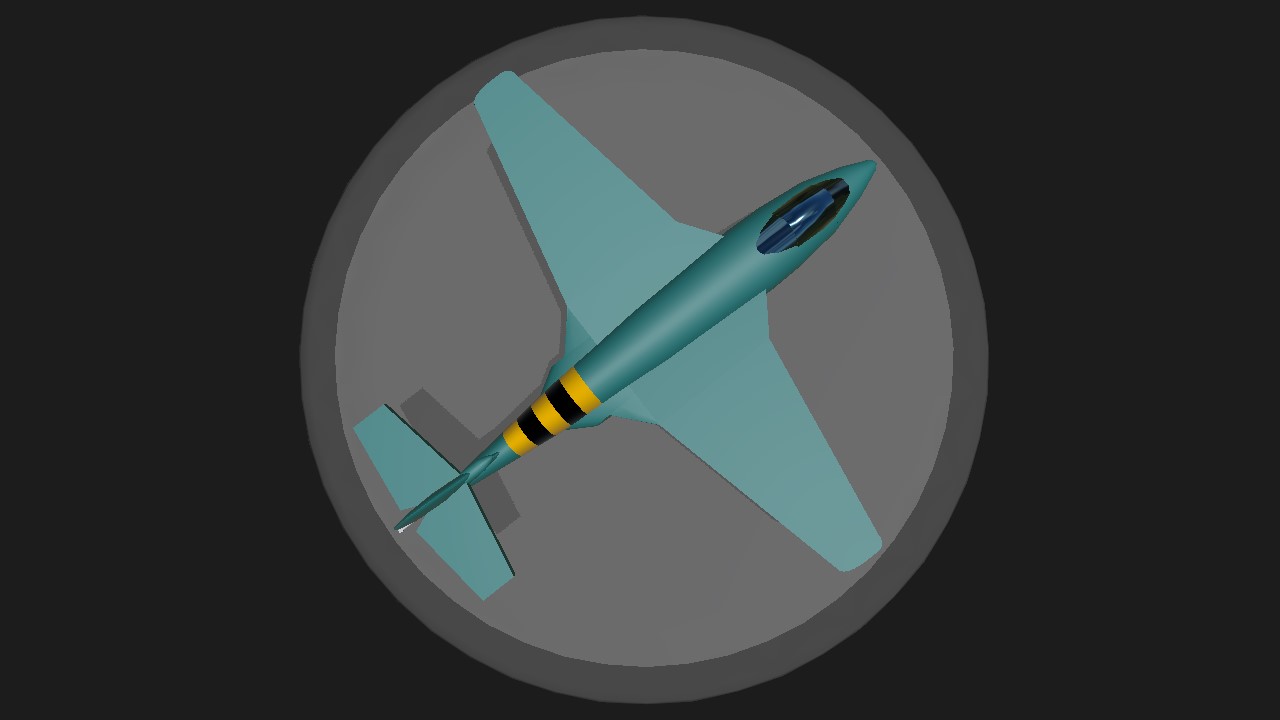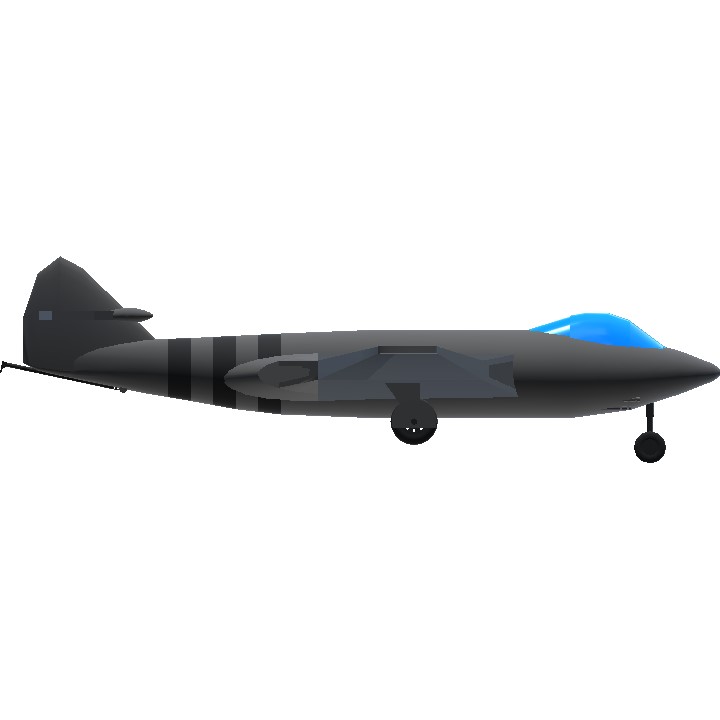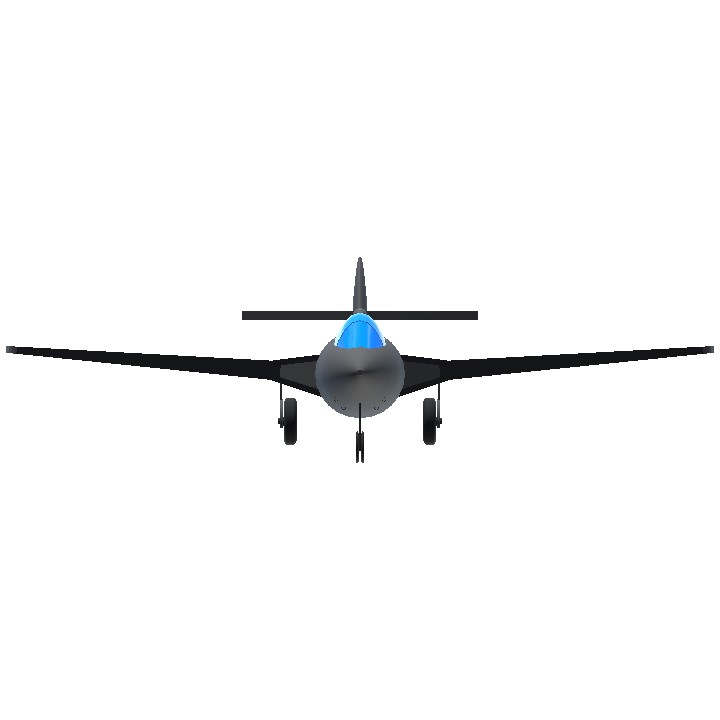Yo dawg! I heard you like hawk~
Hawker Sea Hawk
The Hawker Sea Hawk was a British single-engine jet fighter aircraft designed and produced by Hawker Aircraft for the Royal Navy's Fleet Air Arm (FAA). A robust and capable machine, it holds the distinction of being the first jet-powered aircraft built by Hawker to enter service, and it played a crucial role in the transition of naval aviation from piston-engined aircraft to jet propulsion. The Sea Hawk served with distinction in various conflicts, demonstrating its versatility and effectiveness in both air-to-air combat and ground attack roles.
The Sea Hawk's origins can be traced back to the Hawker P.1040 concept, a private venture by Hawker intended to explore the potential of jet aircraft design without the constraints of specific government contracts. The P.1040 impressed the Admiralty enough to warrant further development, eventually leading to the Sea Hawk F.1, the initial production variant.
The Sea Hawk was designed as a mid-wing monoplane featuring a Rolls-Royce Nene centrifugal flow turbojet engine housed within the fuselage. Air intakes were located in the wing roots, a design choice that allowed for a shorter and more robust nose, crucial for carrier operations. The aircraft was constructed primarily of aluminum alloy, ensuring a strong yet relatively lightweight structure.
The Sea Hawk entered service with the FAA in 1953 and quickly became a mainstay of British naval air power. It saw action in the Suez Crisis of 1956, where it performed ground attack missions against Egyptian targets. Beyond the UK, the Sea Hawk was exported to several nations, including:
Germany: The German Navy operated Sea Hawks primarily in the ground attack role. (Mainly Mk.100 and Mk.101 variant)
India: The Indian Navy acquired Sea Hawks and used them extensively during the Indo-Pakistani wars of 1965 and 1971, playing a significant role in naval operations.
Netherlands: The Dutch Navy operated Sea Hawks for a period. (Hawk Mk.50)
Possible Nicknames:
"The Hawk": This is perhaps the most obvious and widely used, simply derived from the aircraft's name. It's straightforward and easily understood.
"Sea Slug": This nickname would likely arise from ground crews and possibly pilots who found the aircraft to be slow for its time, especially compared to more advanced jet fighters. The term is typically used affectionately, highlighting a perceived slowness relative to the competition.
"Iron Chicken": A common nickname, often used for robust but less-than-graceful aircraft. The Sea Hawk was known for its rugged construction and ability to withstand damage, fitting the "Iron" aspect. "Chicken" often implies a certain ungainliness in flight.
"Angry Tadpole": Reflecting the aircraft's shape, with a short, stubby nose and a wider rear fuselage, giving it a tadpole-like appearance. "Angry" might refer to the roar of the Nene engine or its combat role.
"Dutch Barge" or "Flying Flatiron": These nicknames, especially the former, might have been used by Dutch Navy crews, poking fun at its size and somewhat boxy fuselage shape, especially if compared to sleeker aircraft.
- About the variant
FGA.6 series
Basicly an FGA.4 variant with the Nene Mk 103; total of 101 (86 new-build, the remainder converted from FB.3 and FGA.4 examples).
C O N T R O L S
Trim : Flaps, cruising 'rotate' adjuster
VTOL : Further flaps
AG.1 : Arresting hook/Yeettison 'landing gear'
AG.8 : Fold the wing
Specifications
Spotlights
- SuperSuperTheSylph 6 months ago
- nwa 6 months ago
General Characteristics
- Created On Android
- Wingspan 38.7ft (11.8m)
- Length 39.4ft (12.0m)
- Height 11.3ft (3.5m)
- Empty Weight 6,081lbs (2,758kg)
- Loaded Weight 8,884lbs (4,029kg)
Performance
- Power/Weight Ratio 0.585
- Wing Loading 16.3lbs/ft2 (79.5kg/m2)
- Wing Area 545.6ft2 (50.7m2)
- Drag Points 1500
Parts
- Number of Parts 71
- Control Surfaces 7
- Performance Cost 519






